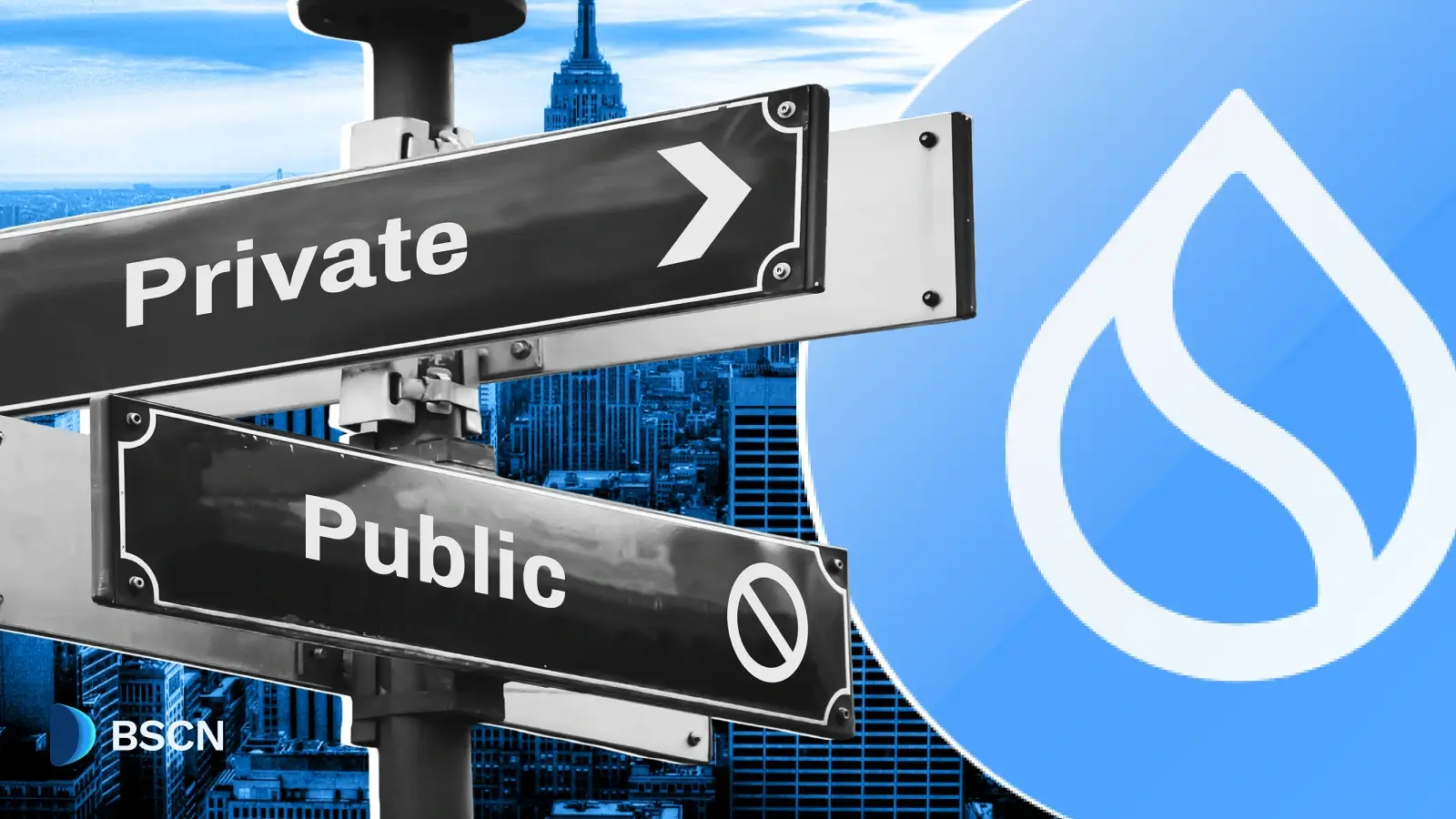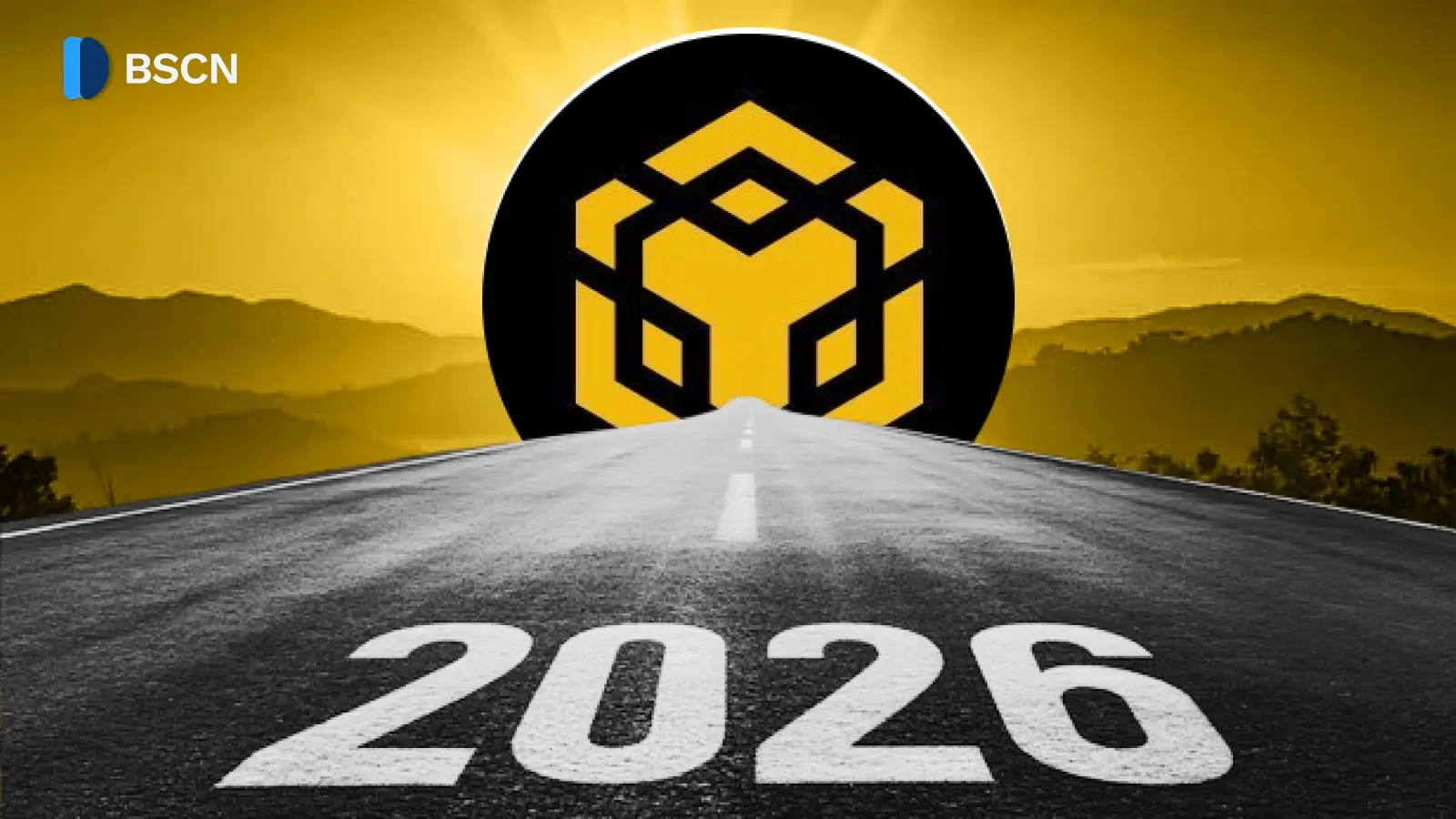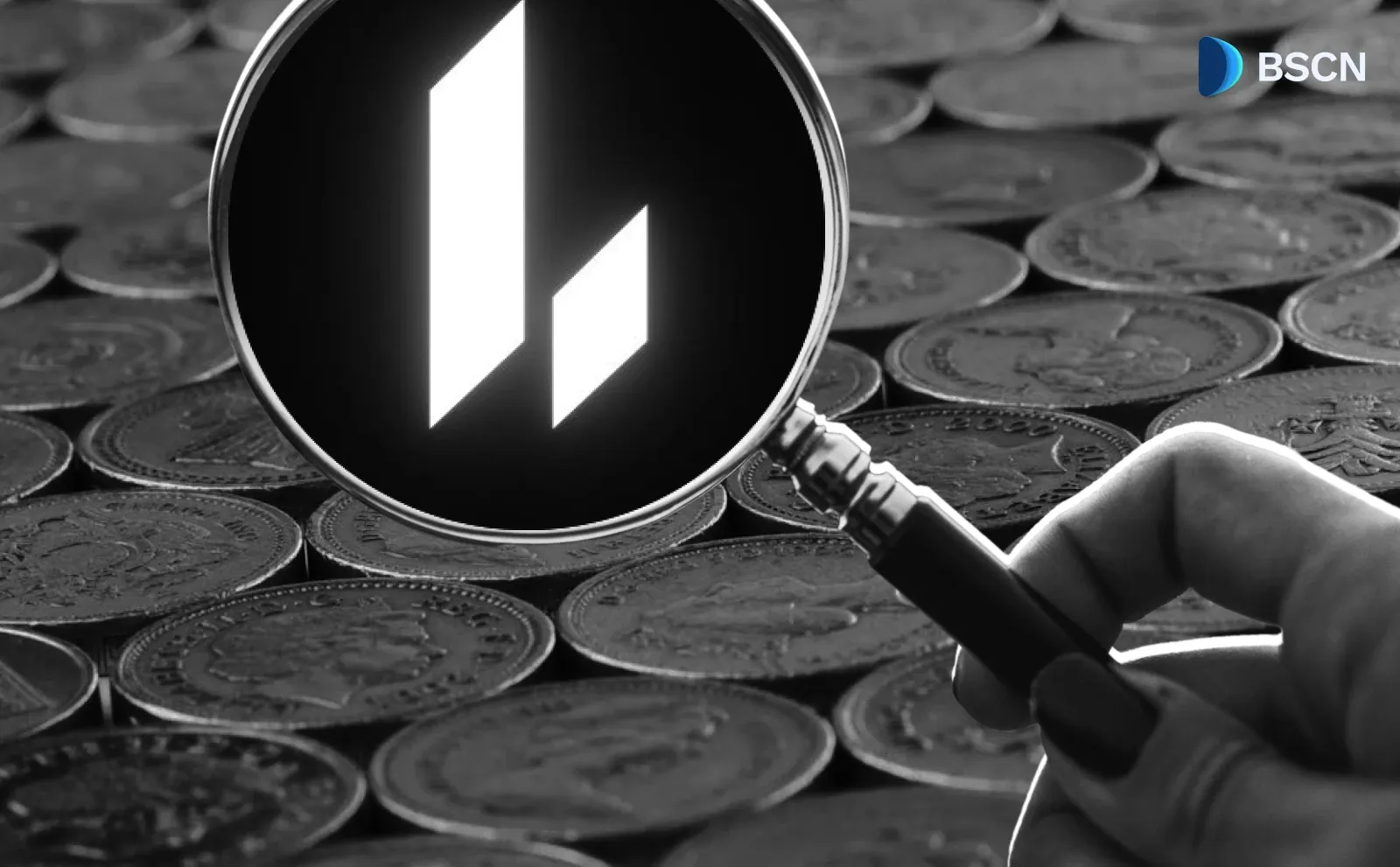Research
(Advertisement)
What Is the Chainlink Endgame?

Explore the Chainlink Endgame: how Chainlink unifies data, interoperability, compliance, and privacy into a single platform for advanced onchain applications.
Soumen Datta
August 22, 2025
(Advertisement)
Table of Contents
Chainlink has unveiled the “Chainlink Endgame,” a comprehensive paper outlining its vision and role in the blockchain industry. The Chainlink Endgame is the project’s long-term vision to become the standard infrastructure that unifies blockchains, external systems, and real-world data into one cohesive framework. In simple terms, Chainlink aims to play the same role for blockchains that TCP/IP played for the Internet—creating a universal standard that makes complex systems work together reliably and securely.
The Problem Chainlink Aims to Solve
Bitcoin introduced decentralized money in 2008. Since then, the blockchain industry has expanded into hundreds of blockchains, thousands of digital assets, and millions of global users. With this growth has come complexity.
- Developers and institutions face challenges integrating multiple blockchains, external data sources, and legacy systems.
- Point-to-point solutions are fragmented and increase operational overhead.
- Building everything in-house leads to high costs, technical debt, and inefficiency.
The situation mirrors the early Internet before standards like TCP/IP and the Java Runtime Environment (JRE) unified disparate systems. Blockchains today face the same need for standardization and orchestration.
Enter Chainlink: The Oracle Standard
Chainlink is establishing itself as the industry-standard oracle platform. Its role is to unify fragmented blockchain networks and provide the secure infrastructure needed to connect onchain and offchain systems.
Chainlink achieves this through a stack built on four open standards:
- Data – Securely delivering external data onchain.
- Interoperability – Enabling cross-chain communication and value transfer.
- Compliance – Embedding rules and meeting regulatory requirements.
- Privacy – Ensuring confidentiality and secure computation.
On top of these standards, developers can use the Chainlink Runtime Environment (CRE). CRE is a decentralized execution layer that allows modular oracle services to be composed into full end-to-end solutions. This means applications can run across blockchains, systems, and jurisdictions in a cryptographically verifiable way.
Why Chainlink Matters for Institutions
Unlike point solutions that only solve narrow problems, Chainlink offers a unified platform. For institutions, this provides:
- Simplification – One platform to manage multiple chains, data feeds, and compliance needs.
- Reliability – Enterprise-grade infrastructure already used by Swift, Euroclear, Mastercard, J.P. Morgan, Fidelity International, UBS, and Aave.
- Compliance-ready services – Multiple Chainlink services, including Price Feeds, Proof of Reserve, NAVLink, and CCIP, hold ISO 27001 certification and SOC 2 Type 1 attestation.
These certifications prove Chainlink’s infrastructure meets international standards for security, availability, and confidentiality, making it suitable for financial institutions handling tokenized assets and onchain finance.
Core Components of the Chainlink Endgame
Data Oracles
Chainlink’s Price Feeds and Proof of Reserve are widely used across DeFi and enterprise applications. These services ensure critical market data and asset reserves are transparently published onchain.
Interoperability Oracles
The Cross-Chain Interoperability Protocol (CCIP) enables value and data to move securely across blockchains. This is essential for multi-chain applications and institutional use cases.
Compliance and Privacy
Oracles can embed compliance policies, helping institutions meet regulatory standards. Privacy-preserving computation ensures sensitive data remains protected while still usable in decentralized workflows.
Legacy System Integration
Chainlink connects blockchains with existing IT systems, allowing enterprises to adopt blockchain technology without abandoning their current infrastructure.
Payment Abstraction and the Chainlink Reserve
To simplify usage, Chainlink introduced Payment Abstraction. Users can pay fees in any asset—crypto or fiat—which are automatically converted to LINK.
This mechanism funds the Chainlink Reserve, a strategic pool designed to support long-term network growth. As of August 21, the Reserve held 150,770.02 LINK, with 41,105.84 LINK recently accumulated. The Reserve is funded by offchain revenue from enterprise adoption and onchain service usage.
Real-World Adoption
Chainlink is already embedded in major real-world systems:
- Swift and Euroclear: Exploring tokenized asset settlement using Chainlink.
- J.P. Morgan and Fidelity International: Leveraging Chainlink for onchain finance.
- DeFi protocols like Aave: Using Chainlink Price Feeds to secure lending markets.
Recent developments include Aave’s expansion to Aptos, a non-EVM chain. The launch integrated Chainlink Price Feeds, underwent strict security audits, and brought Aave’s $50B+ liquidity network to a new ecosystem.
Chainlink as the TCP/IP of Blockchains
The Chainlink Endgame is not about incremental improvements. It is about creating a unifying layer that abstracts away blockchain complexity.
Just as TCP/IP standardized communication and JRE simplified application development, Chainlink’s stack allows developers and institutions to:
- Build multi-chain applications.
- Integrate real-world data seamlessly.
- Ensure regulatory compliance and privacy protection.
- Orchestrate entire applications using a single decentralized platform.
Conclusion
The Chainlink Endgame is to serve as the standard infrastructure for advanced blockchain applications. By unifying data, interoperability, compliance, and privacy under one platform, Chainlink enables institutions and developers to build scalable, secure, and compliant onchain systems.
Its certifications, enterprise adoption, and growing reserve signal that Chainlink is already positioned as the backbone of the onchain economy. The vision is actively being implemented in financial institutions and decentralized protocols worldwide.
Resources:
Chainlink Endgame: https://blog.chain.link/chainlink-oracle-platform/
Chainlink LINK reserve data: https://metrics.chain.link/reserve
Chainlink’s ISO 27001 certification and SOC 2 Type 1 certifications announcement: https://x.com/chainlink/status/1958529673295434088
Read Next...
Frequently Asked Questions
What is the Chainlink Endgame?
The Chainlink Endgame is Chainlink’s vision to unify blockchains, external data, and legacy systems into one secure, standardized platform, similar to how TCP/IP unified the Internet.
How does Chainlink differ from other oracle providers?
Unlike point solutions, Chainlink offers a full-stack oracle platform built on open standards for data, interoperability, compliance, and privacy, with enterprise-grade certifications.
Why is Chainlink important for institutions?
Chainlink provides certified, secure infrastructure for connecting financial systems with blockchains, enabling tokenized assets, compliant workflows, and cross-chain applications.
Disclaimer
Disclaimer: The views expressed in this article do not necessarily represent the views of BSCN. The information provided in this article is for educational and entertainment purposes only and should not be construed as investment advice, or advice of any kind. BSCN assumes no responsibility for any investment decisions made based on the information provided in this article. If you believe that the article should be amended, please reach out to the BSCN team by emailing [email protected].
Author
 Soumen Datta
Soumen DattaSoumen has been a crypto researcher since 2020 and holds a master’s in Physics. His writing and research has been published by publications such as CryptoSlate and DailyCoin, as well as BSCN. His areas of focus include Bitcoin, DeFi, and high-potential altcoins like Ethereum, Solana, XRP, and Chainlink. He combines analytical depth with journalistic clarity to deliver insights for both newcomers and seasoned crypto readers.
(Advertisement)
Latest News
(Advertisement)
Crypto Project & Token Reviews
Project & Token Reviews
Comprehensive reviews of crypto's most interesting projects and assets
Learn about the hottest projects & tokens
Latest Crypto News
Get up to date with the latest crypto news stories and events













